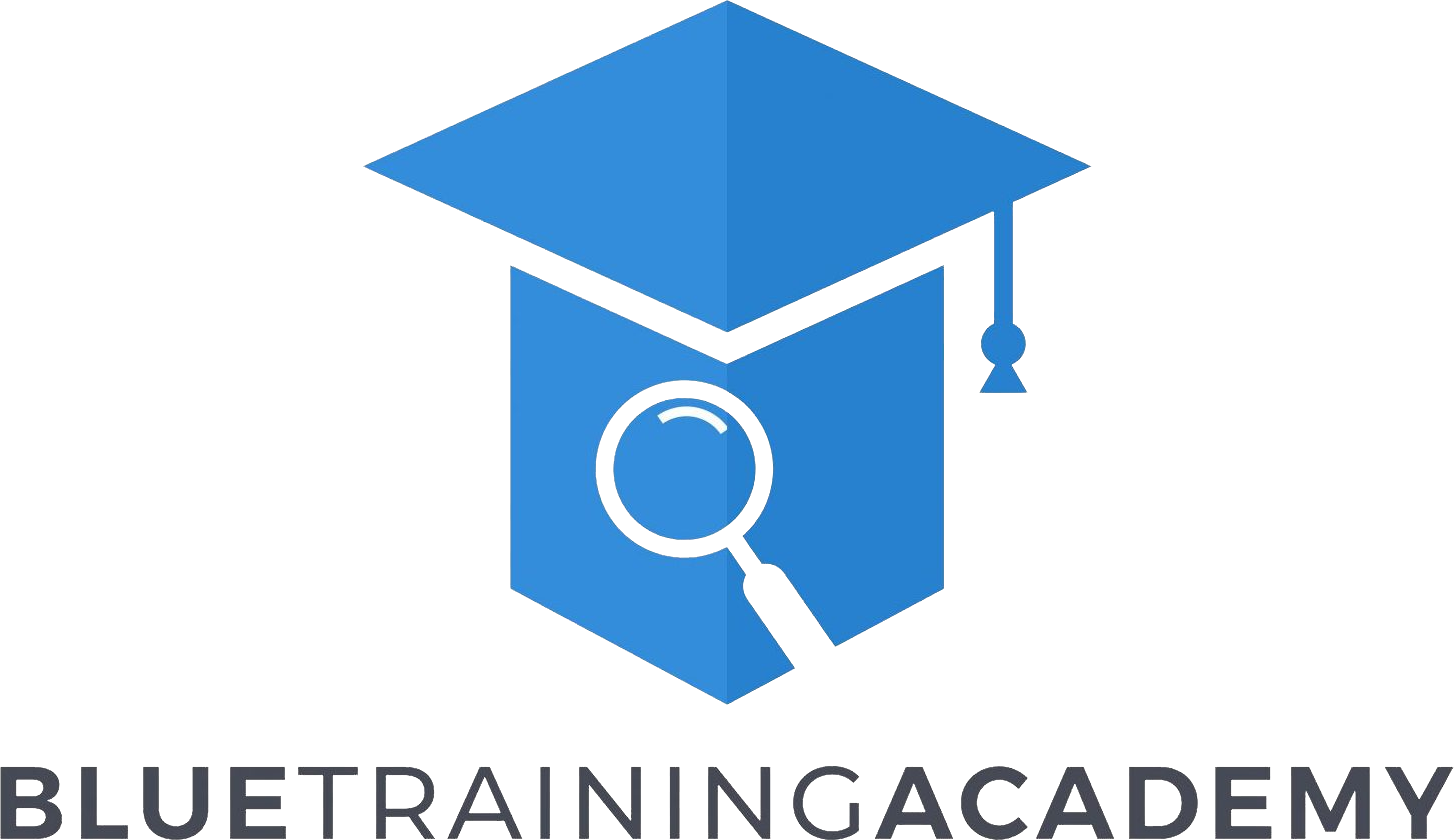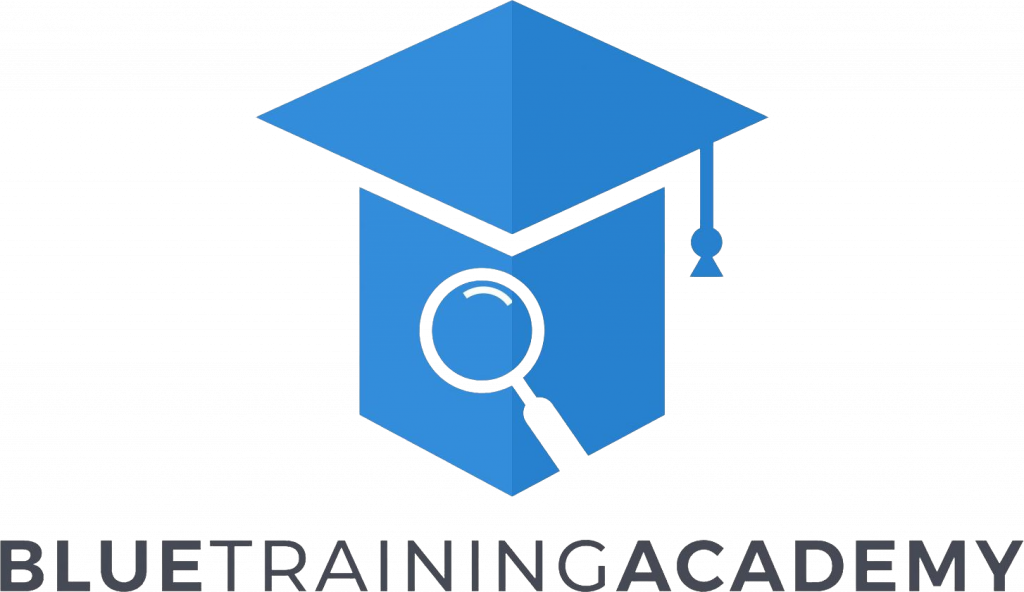All SaaS app users and logins are potential threats. Whether it’s a villain or a potentially disgruntled ex-colleague, identity management and access control It is important to prevent unwanted or accidental intrusion into your organization’s data and systems.
With thousands to tens of thousands of users and hundreds to thousands of different apps in an enterprise, securing each entry point and user role is a challenge. Your security team should monitor all identities to ensure that user activity meets your organization’s security guidelines.
Identity and Access Management (IAM) solutions manage user identities and control access to enterprise resources and applications. Identity is the new perimeter, so it’s imperative to ensure that this area is governed by your security team.
Gartner recently named a new security discipline called Identity Threat Detection and Response (ITDR). ITDR incorporates detection mechanisms that examine suspicious posture changes and activity and respond to attacks to restore the integrity of your identity infrastructure.
ITDR incorporates strong SaaS security IAM governance methodologies and best practices found in SaaS Security Posture Management solutions (SSPM), allowing security teams to manage user accounts, permissions, and Gain continuous and consolidated visibility into privileged activity.
- Identify who is accessing what, when, and has the right level of authority
- Forensics related to user actions with a focus on privileged users
- Continuous, automated discovery and integration of roles
- Right sizing of roles by revoking unnecessary or unnecessary access
Whether you’re a CISO, IT, Governance, Risk, and Compliance (GRC) team, this article explores the role of identity and access management governance as part of your organization’s SaaS security program.
Learn how to implement IAM governance for SaaS security.
What is IAM Governance?
I governance Security teams can address issues as they arise by constantly monitoring the company’s SaaS security posture and access control implementation.
There are several important prevention domains to which SSPM applies. Adaptive ShieldIdentity and Access Management Governance can manage: 1) Misconfiguration 2) Vulnerability 3) Exposure.
setting error
IAM controls should be configured properly on an ongoing basis. You should monitor your IAM configuration for suspicious changes and take appropriate steps to investigate and, if relevant, remediate.
For example, an organization may enable MFA across the organization and not require it. This policy enforcement gap can put your organization at risk. SSPM can alert security teams to this gap.
Vulnerability
SSPM solutions can utilize patching or compensating controls to address commonly exploited vulnerabilities in identity infrastructure such as devices of SaaS users. For example, privileged CRM users can pose a high risk to your company if their devices have vulnerabilities. To remediate potential threats originating from devices, security teams need to be able to correlate SaaS app users, roles, and permissions with associated device hygiene. This end-to-end tactic enables a holistic Zero Trust approach to SaaS security.
Another significant vulnerability stems from authentication protocols that limit password access to single-factor authentication methods. heritage Protocols such as IMAP, POP, SMTP, and Messaging API (MAPI). SSPM can identify where these protocols are located throughout an organization’s SaaS stack.
exposure
SSPM helps reduce your attack surface by identifying and mitigating where you are at risk. For example, remove unnecessary or excessive permissions or allow external administrators for business-critical apps. (See Figure 1.)
 |
| Figure 1. Adaptive Shield security checks for external admins |
Additionally, third-party app access, also known as SaaS-to-SaaS access, can put your organization at risk. Users connect one app to another to provide extensions or user information (contacts, files, calendar, etc.). This connectivity improves workflow efficiency, and as a result, employee workspaces are connected to many different apps. However, security teams are often unaware of which apps are connected to an organization’s ecosystem and are unable to monitor or mitigate threats.
wrap up
IAM is a way to enforce access control, but SSPM’s IAM governance continuously monitors these functions to give security teams complete visibility and control over what’s happening in their domains.
Get a live demo and learn how to gain identity and access governance for your SaaS stack.


